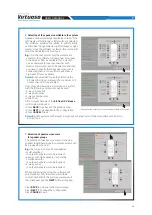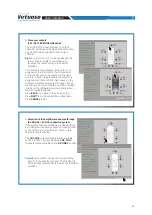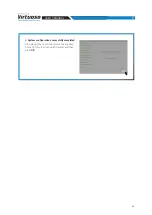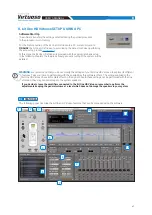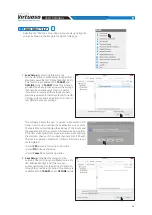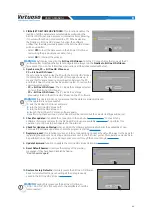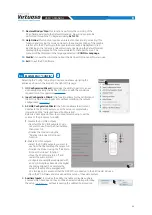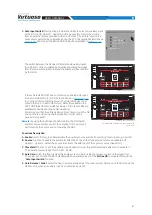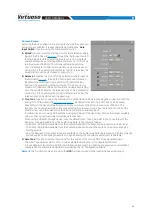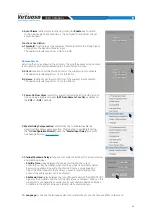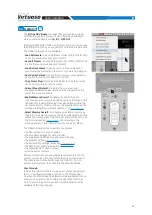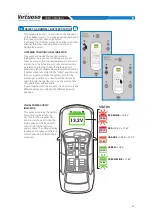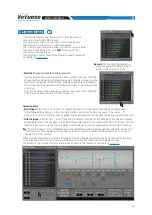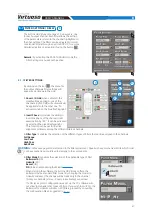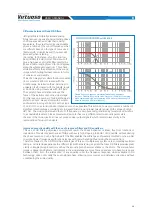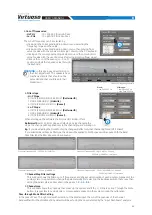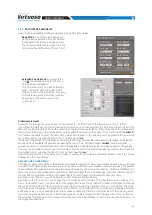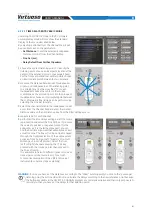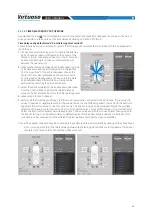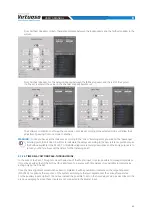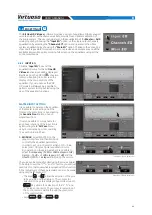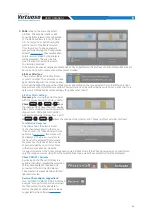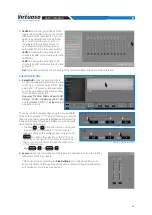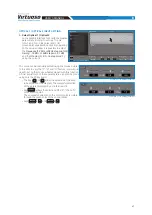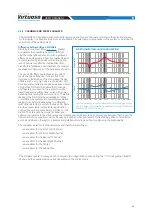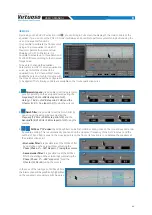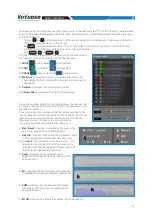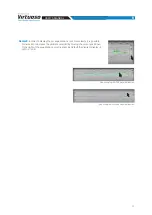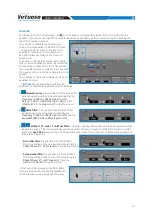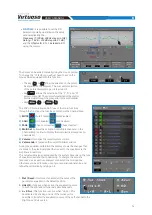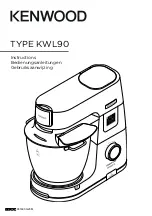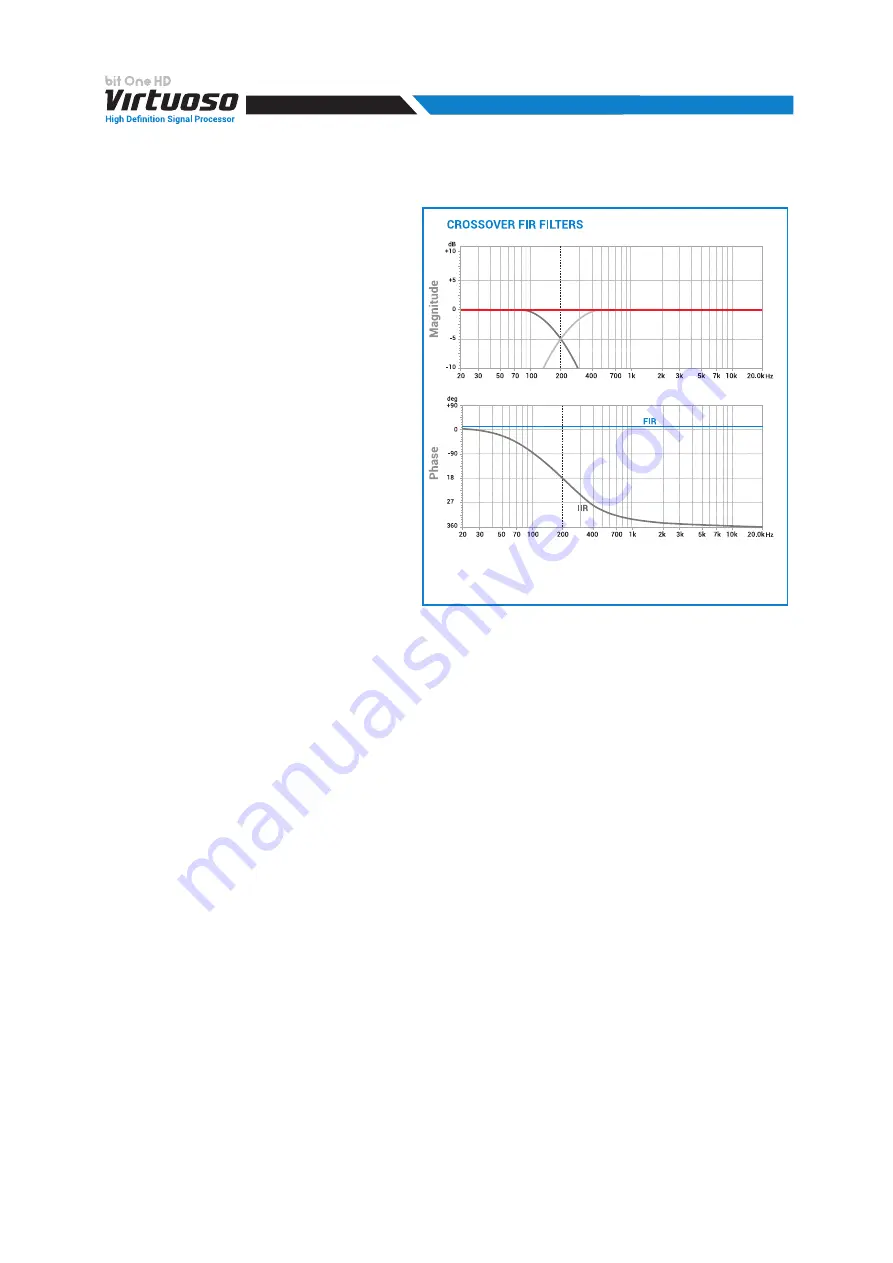
58
USER'S MANUAL
Difference between IIR and FIR filters.
IIR digital filters faithfully simulate analog
filters (active or passive), approximating phase
and frequency behavior. Like their analog
equivalents, they are affected by unavoidable
phase rotations at the cut-off frequency, which
are different based on the type of curve used
(Butterworth, Linkwitz, Bessel), however still
perceived when listening.
In practice, for instance, a fourth-order low-
pass IIR filter (24 dB / Oct) at 200 Hz cut-off,
plus a high-pass symmetric filter, results in a
phase rotation ranging from 0 to -360 degrees
along the whole audio spectrum. This phase
alteration affects the perception of the sound
image, which highlights inaccuracies in terms
of coherence and stability.
Think of a 3-way system where the door-mounted
18 cm woofer is 400 Hz crossed with the
middle-range, installed on the a-pillar next to
a tweeter, itself crossed with the middle-range
at 5.000 Hz, using crossovers with IIR filters.
The system phase alteration reduces the
focus of the instruments on the virtual stage.
For this reason, a number of audio enthusiasts
prefer to adopt 2-way systems with a woofer
and tweeter crossing at 2.500 Hz with a slope
of 6 dB / Oct, so as to limit phase rotations as much as possible. This solution, however, presents a number of
significant disadvantages, mainly due to increased distortion and lower tweeter power. With a slope of only 6
dB / Oct., the music signal around the cut-off frequency is simultaneously generated by tweeters and woofers
to a considerable extent. Since a tweeter and a woofer have very different electro-acoustic parameters,
the sum of the two emissions does not produce clear output signals, which results in less clarity in the
reproduction of musical transients.
Improved acoustic quality with the use of crossover filters and FIR equalizers.
The use of FIR filters guarantees an important result: the phase behaviour is linear, free from rotations or
indecisions. This also makes the use of filters with a very high slope (up to 48 dB / Oct) possible, without altering
the phase response. Such a high slope for the filter enables the midrange and tweeters mounted on the a-pillar
to work at lower frequencies without any issues with power handling, thus raising the emission front.
Therefore thanks to the FIR filters the advantages of three or multiple-way systems are completely exploited
taking in-car listening experience to a different level. When listening, a system that uses FIR filters provides great
clarity in transients reproduction, such as the acoustic piano hammer strikes or the drums. The stereophonic
image is deeper and definite. Instruments in the virtual stage are more focused and seem to have more space
between them. Even the intervention of any equalizer over the frequency response, when available in FIR
technology, does not modify the audio signal phase, allowing more precise and detailed corrections without
conditioning the audio quality.
vs IIR FILTER
Electric frequency response simulation (module and phase) of a
low-pass Linkwitz-Riley fourth order crossover (24 dB/ott.) summed
with a symmetrical high-pass featuring a 200 Hz cut-off frequency. FIR
filters (in blue) and IIR filters (in black).
8

